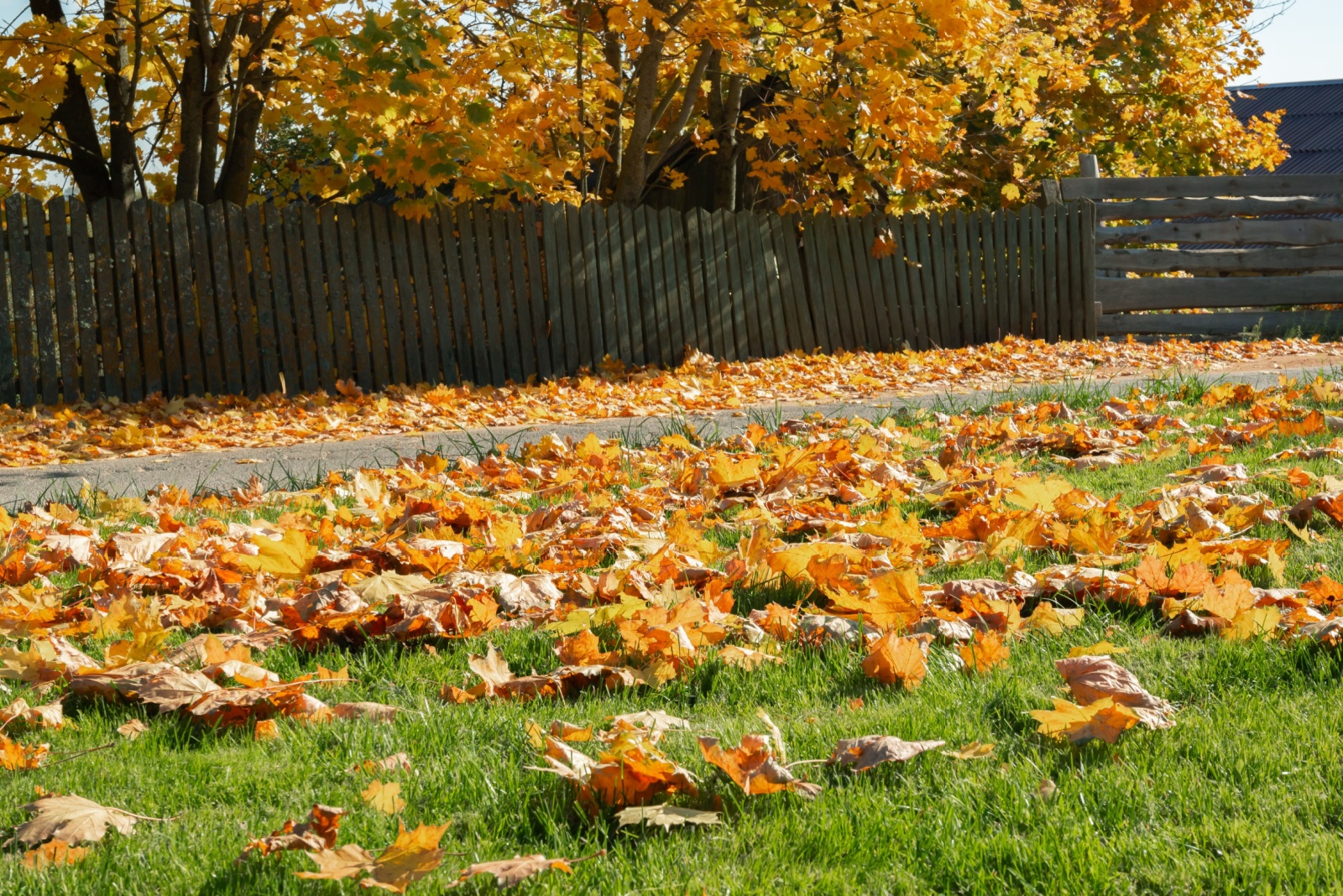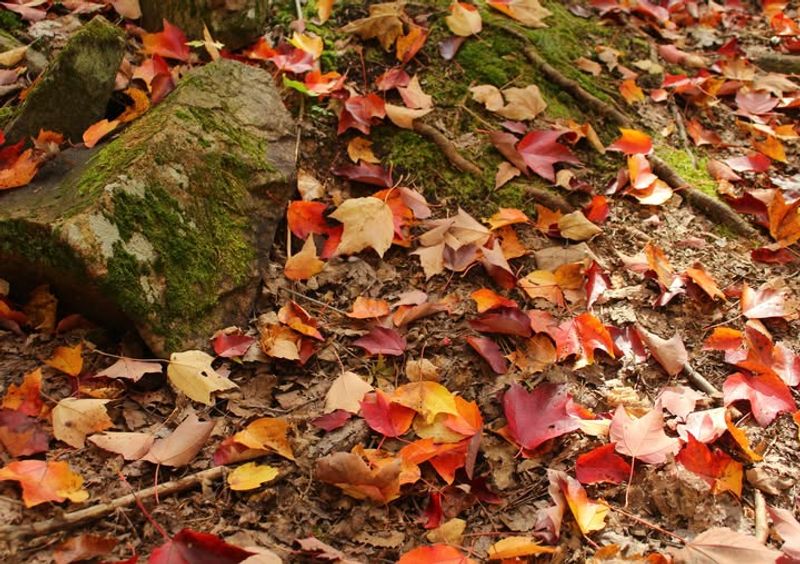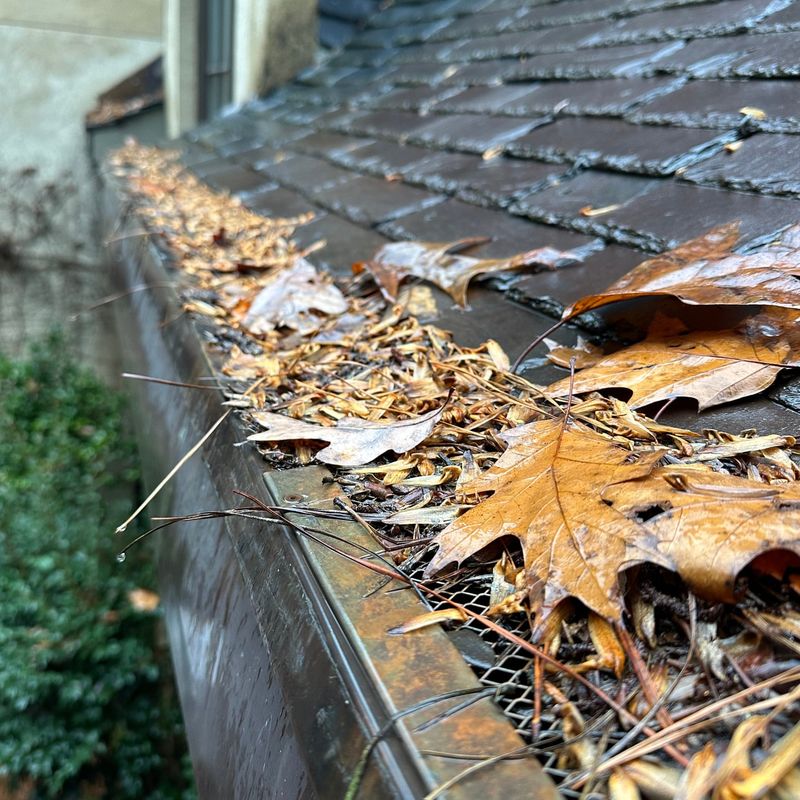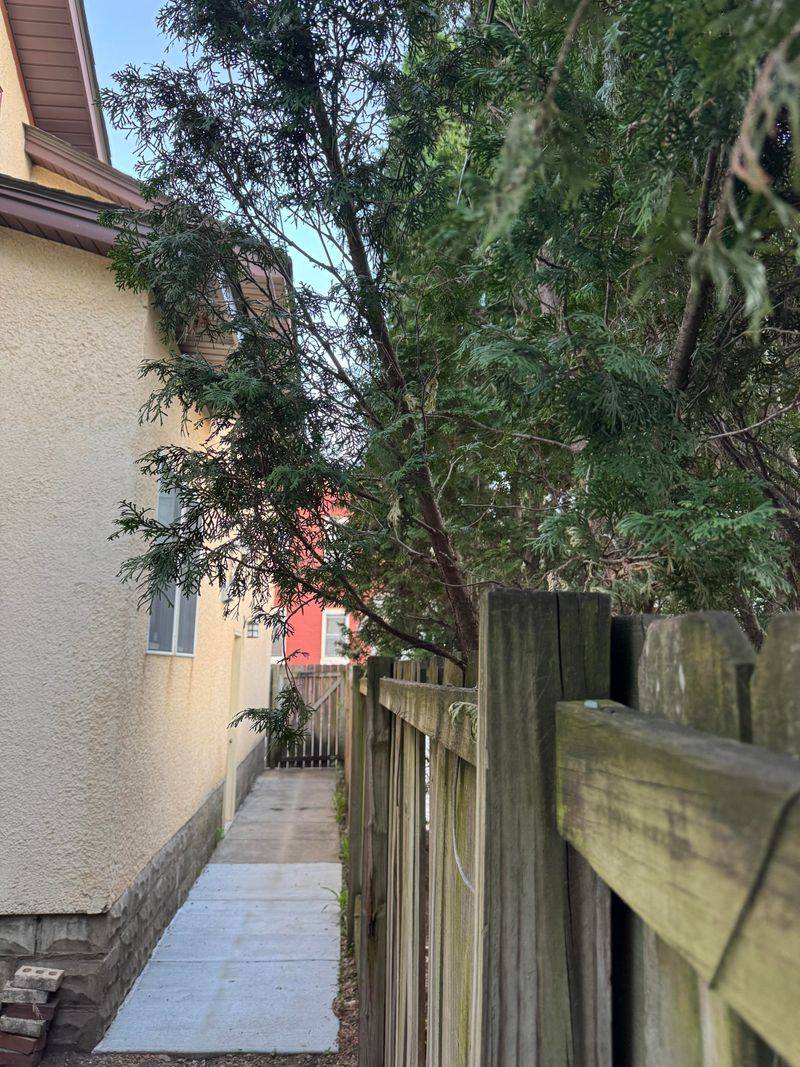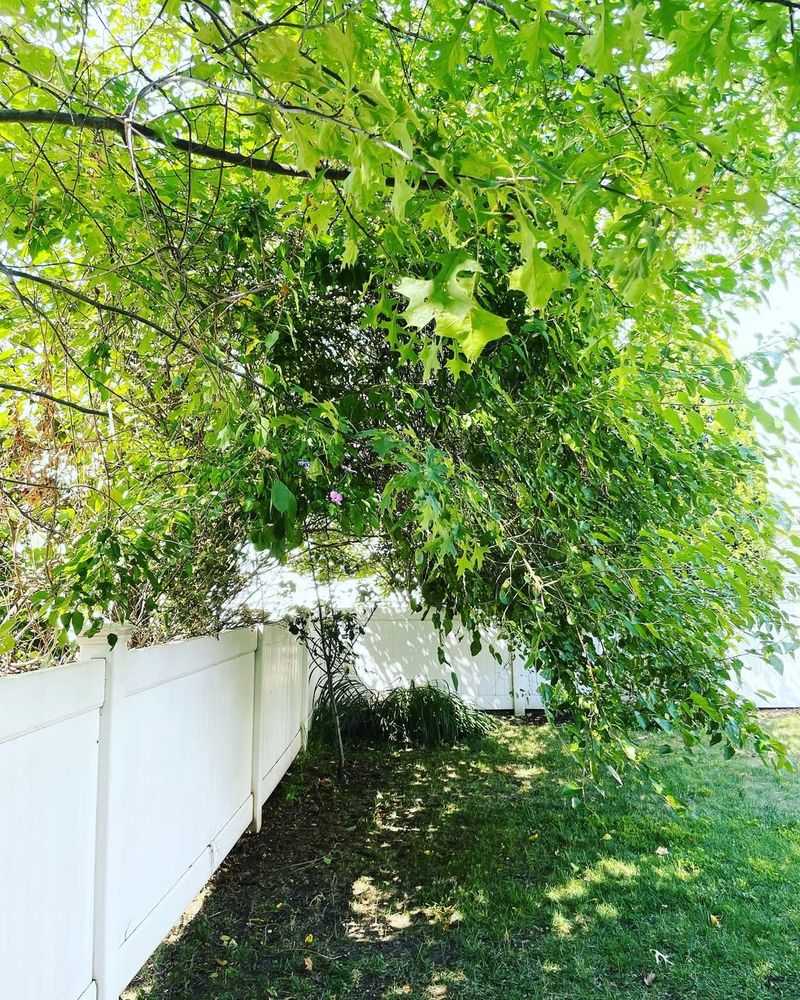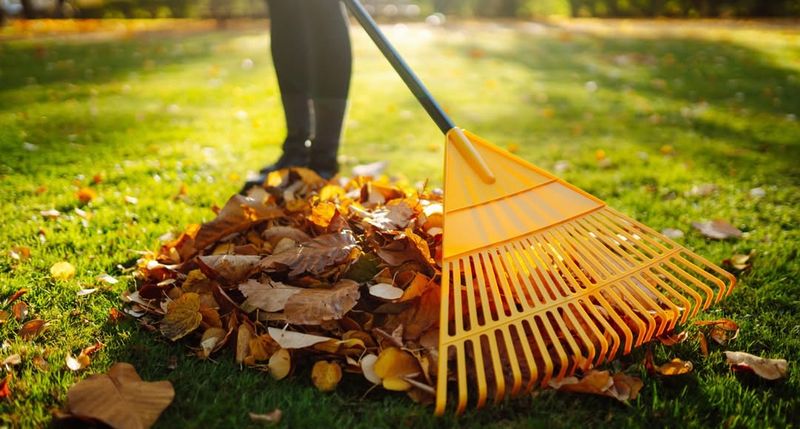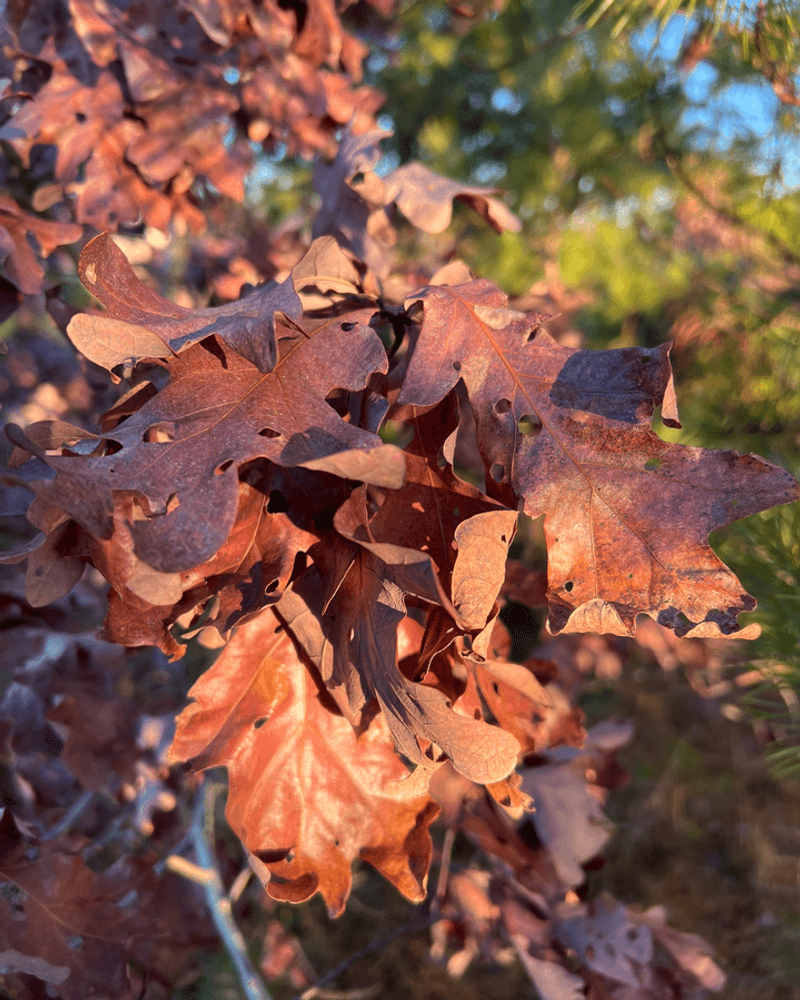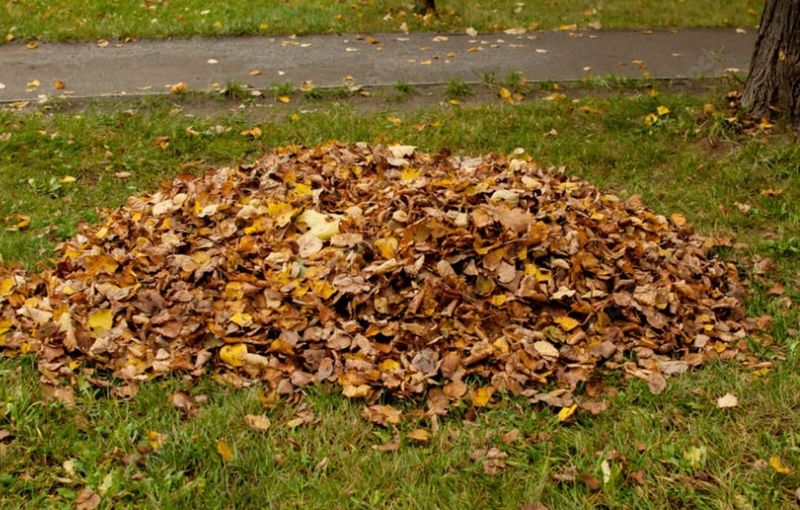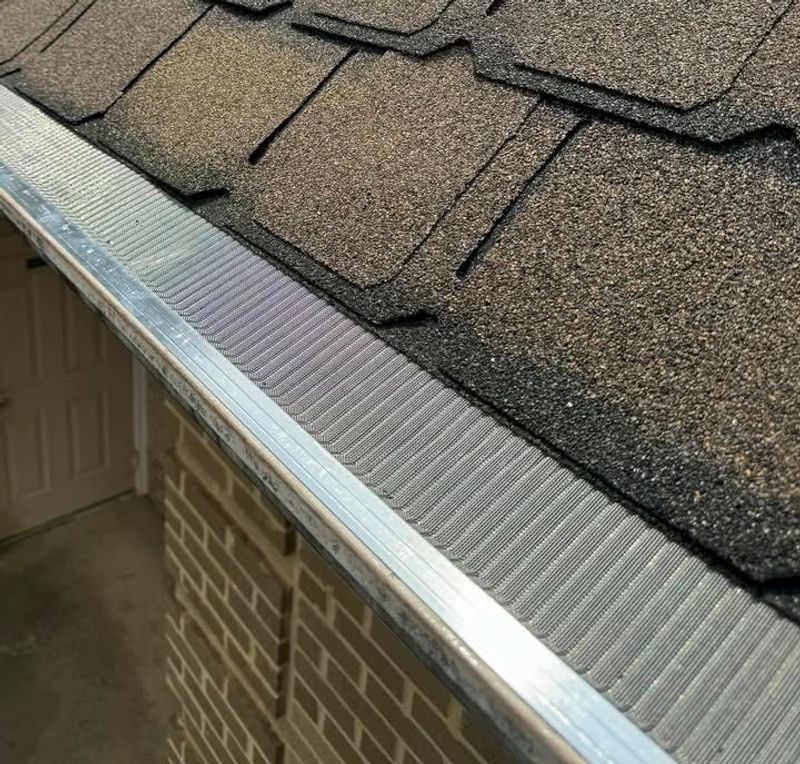Ah, fall in California—cooler air, golden light, and… your neighbor’s leaves carpeting your driveway. While the trees are busy showing off, you’re the one stuck with the rake. It’s a scene as old as suburbia itself, and it always leads to the same question: who’s actually responsible for this leafy mess?
Before you fire off a polite (or not-so-polite) text, here’s what California law—and a little common sense—have to say about it.
1. California Law Puts Cleanup Responsibility On Property Owners
Under California law, you’re responsible for maintaining your own property, even if leaves come from a neighbor’s tree. Courts generally view falling leaves as a natural occurrence rather than damage.
Your neighbor isn’t legally required to rake leaves that land on your yard. Property owners must handle natural debris like leaves, seeds, and twigs that cross boundaries.
Understanding this principle helps set realistic expectations when dealing with leaf cleanup issues in your neighborhood.
2. Natural vs. Nuisance: When Leaves Become A Legal Problem
Leaves typically qualify as natural debris, not a legal nuisance. However, excessive accumulation causing actual property damage might change things.
If leaves clog your gutters and cause water damage, or create hazardous conditions, you may have grounds for action. Document any damage with photos and repair estimates to build your case.
Most disputes don’t reach this level, but knowing the difference between inconvenience and genuine harm protects your interests when problems escalate beyond normal leaf drop.
3. Trimming Branches That Hang Over Your Property
California gives you the right to trim branches extending over your property line, even if the tree belongs to your neighbor. This includes branches dropping leaves onto your yard.
You must trim only up to the property boundary and cannot damage the tree’s health. Any branches you remove remain your neighbor’s property technically.
Before cutting anything, consider talking with your neighbor first. A friendly conversation often prevents future conflicts and maintains good relationships while solving your leaf problem effectively.
4. Communication Often Solves Problems Before Legal Action
Most leaf disputes resolve through simple conversation rather than lawsuits. Approach your neighbor calmly and explain how leaves affect your property maintenance.
Many neighbors don’t realize their tree causes problems and willingly help find solutions. Suggesting shared cleanup costs or tree trimming arrangements shows goodwill.
Keeping records of your discussions and any agreements protects both parties. Written notes about who agreed to what prevents misunderstandings later if problems continue or worsen over time.
5. Homeowners Insurance Rarely Covers Leaf Cleanup Disputes
Don’t expect your insurance policy to cover leaf-related issues between neighbors. Standard homeowners insurance excludes routine maintenance and natural debris cleanup.
Even if leaves cause damage, proving the neighbor’s tree directly caused it presents challenges. Insurance companies typically classify this as maintenance rather than covered damage.
Review your policy carefully and speak with your agent about specific situations. Understanding coverage limits beforehand prevents disappointment when seeking financial help for leaf-related property problems or cleanup expenses.
6. Municipal Codes May Offer Additional Protection
Some California cities have local ordinances addressing tree maintenance and overhanging vegetation. Your city might require property owners to maintain trees that affect neighboring properties.
Check with your local code enforcement office about specific rules in your area. Municipal codes sometimes provide remedies that state law doesn’t cover.
Violations of local tree ordinances can result in fines or mandatory trimming. Knowing your city’s specific regulations gives you additional options when dealing with persistent leaf problems from neighboring trees.
7. Mediation Provides Cost-Effective Dispute Resolution
When talking doesn’t work, mediation offers a middle ground before expensive lawsuits. Many California communities provide free or low-cost mediation services for neighbor disputes.
A neutral mediator helps both parties reach agreements without court involvement. Solutions might include shared cleanup costs or regular trimming schedules.
Mediation agreements can become legally binding if properly documented. This approach saves money, preserves neighborhood relationships, and typically resolves issues faster than going through the traditional court system for property disputes.
8. Preventive Measures Reduce Future Leaf Conflicts
Installing leaf guards on gutters minimizes damage from falling leaves. Strategic landscaping with your own trees can create natural barriers or balance the leaf distribution.
Regular property maintenance prevents small problems from becoming major disputes. Keeping your yard clean shows you’re handling your responsibilities too.
Consider seasonal cleanup agreements with neighbors where both parties help each other. Building positive relationships through proactive measures creates goodwill that makes resolving any future tree-related issues much easier for everyone involved.

